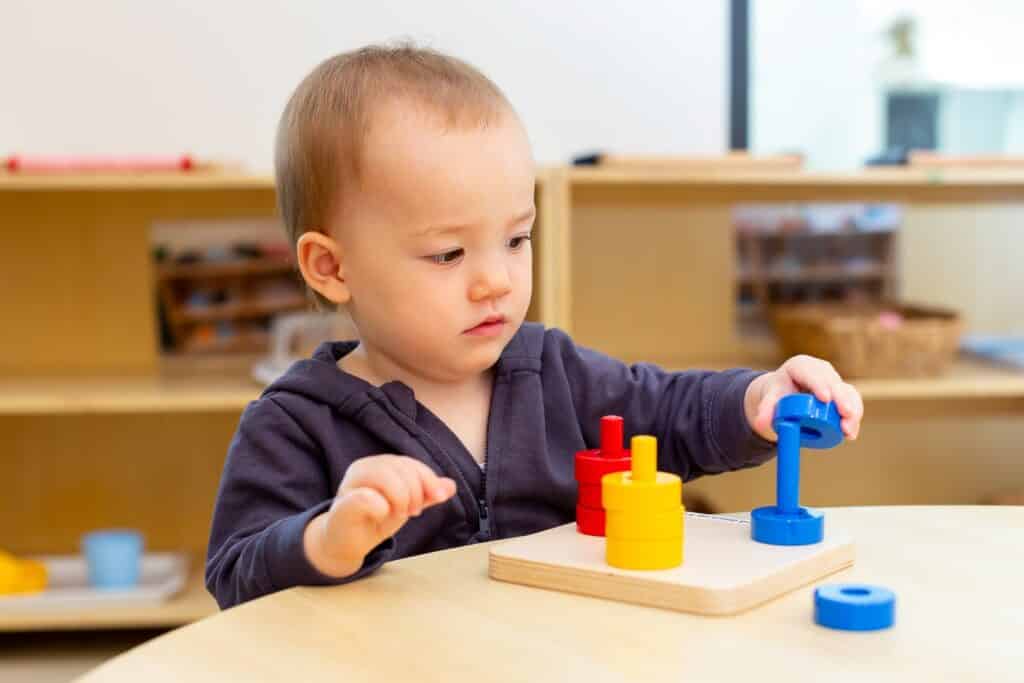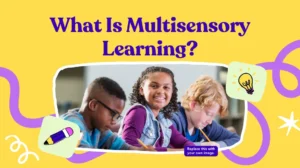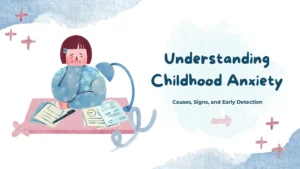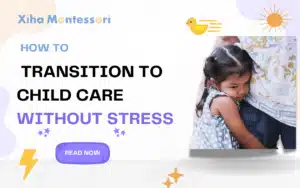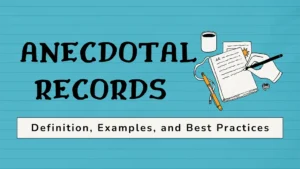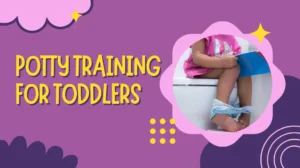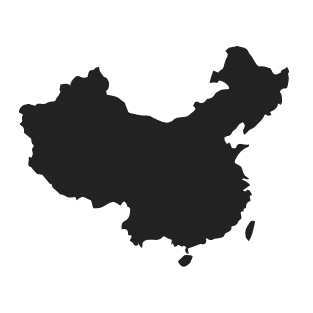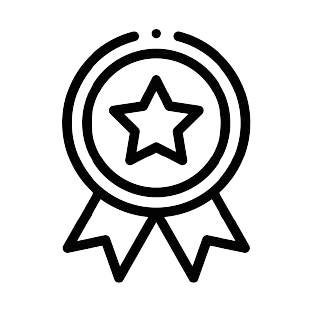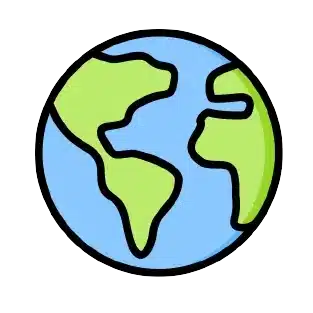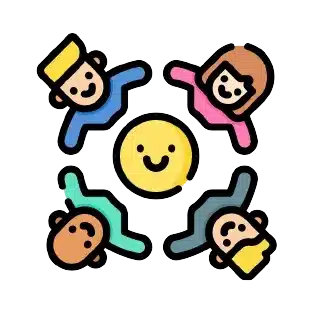When discovering Montessori education, one of the first aspect you might come across are the specific Montessori materials.
There are no other alternative educational methods that has such a complete set of materials to help children to learn. The Montessori materials are unique to the Montessori method.
The Pink tower is iconic to Montessori.

If like me, you were not good in maths, you will want to explore the Montessori maths curriculum with a new passion for numbers.
Parents wonder if they need the whole set of sensorial materials at home.
The Montessori materials are indeed beautiful. Maria Montessori refined some existing ones that were already in use, such as the Seguin boards. She designed all the materials that are still part of the current Montessori curriculum.
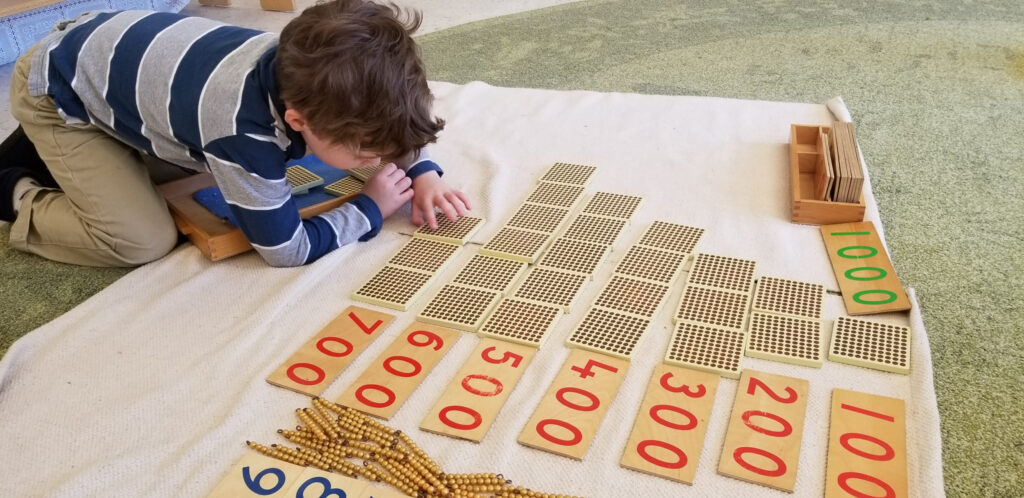
How are the Montessori materials specific?
Each material has a specific purpose. She designed those material and activities by observing the children and the way they learn
Through observations, she discovered:
- Children learn from concrete to abstract
- Children learn by manipulating with their hands
- Children learn first about the world around them
- Children learn in a very sensorial way
- Children learn from a general to a more specific way
She designed materials that:
- Are easy to manipulate for the child
- Are made of natural materials
- Are based on reality principle
- Are designed to teach one concept at a time
- Offer the general idea then a more and more complex idea
- Are very concrete, then more and more abstract
- Provide a control of error, allowing the child to correct his own mistakes
- Have an intrinsic order
- Are aesthetic
Montessori materials are part of a step-by-step curriculum.
There is an order to those materials. When and how to present them is important.
It is not a matter of age even if observations since the time of Maria Montessori have shown an average age for each piece of material.
In the classroom, we observe if a child is ready for a specific material.
We will notice if the child shows an interest for a specific skill.
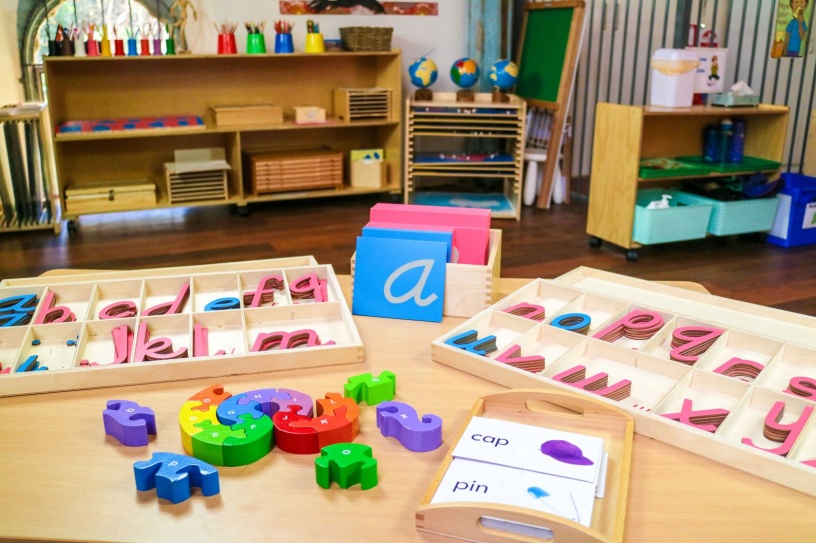
The Montessori materials fall into 5 categories:
- Practical life materials: most of those materials are no costly, can be DIY or you can do with what you have at home. At the time of Maria Montessori, child-size furniture and tools were an oddity. She designed specific chairs, tables, and various tools for the children in her care. It is said that it is thanks to her that modern schools have child-size furniture. One specific Montessori materials are the dressing frames. The idea is that it was easier to learn how to button a shirt when it was on a flat surface laid on a table than on ourselves.
- Sensorial materials: The primary purpose of the sensorial activities is to help the child to sort out the many and varied sensorial stimuli he receives from his environment. Those materials are the ones that are the most specifics to the Montessori education. Most of them are time consuming to make by yourself but if you learn about the purpose of each material, you can find an alternative way to allow your child to explore each of their 5 senses. The materials were also designed as a pre-skill for mathematical concept and there are for example 10 items in a set to correspond to the decimal system. They are precise: for example, the rods are 10 cm to 1m, with each rod increasing by 10 cm.
- Language materials: while it was innovative for Maria Montessori to adopt a hands-on and phonetic approach to language, most educational systems have now catch up and teach in a similar way. It means that many other educational materials could be used to teach phonics and help your child to read and write.
- Mathematics: I love how the decimal system is explored with the Montessori materials. The approach is logical and playful. I find that many other educational materials are generally too colourful and include many distracting elements. Again, when you understand the purpose of each material and the order in which to present them, you will be able to find cheap or DIY alternatives.
- Cultural/Understanding of the world: it’s probably the aspect of the original method that has evolved the most. It’s also the one that you must adapt to your own culture, to the country you live in and to your current time. Our knowledge of history and geography has evolved since the time of Maria Montessori. For example, at the time of Maria Montessori, she was only classifying living things into animals or plants while nowadays, we specify 5 kingdoms: animals, plants, fungi, and micro-organisms (protist and monera). What I like in this area, it’s that everything is colour coded. The colour-code helps the children to explore each concept but as only Montessori uses the code, it can be hard to find corresponding toys and puzzles to fit with the code. For example, you may have a book that show the 7 continents with 7 random colours while your Montessori maps, your Montessori printables about the world are colour coded.
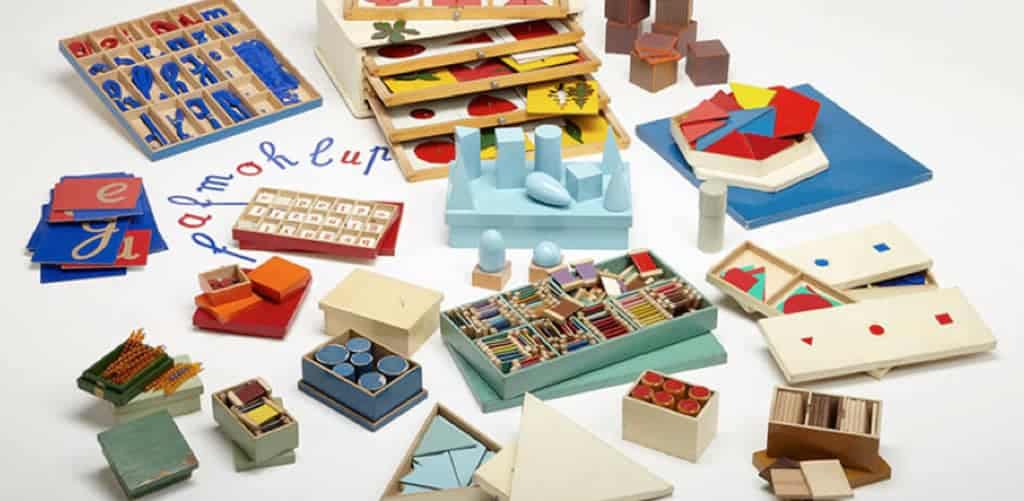
Looking back, I definitely know that we can offer the same benefits with no materials at all.
Remember, as always, what matters the most with Montessori is:
- your understanding of your child
- how your respect their development
- Quality over quantity
- Relationship over materials

